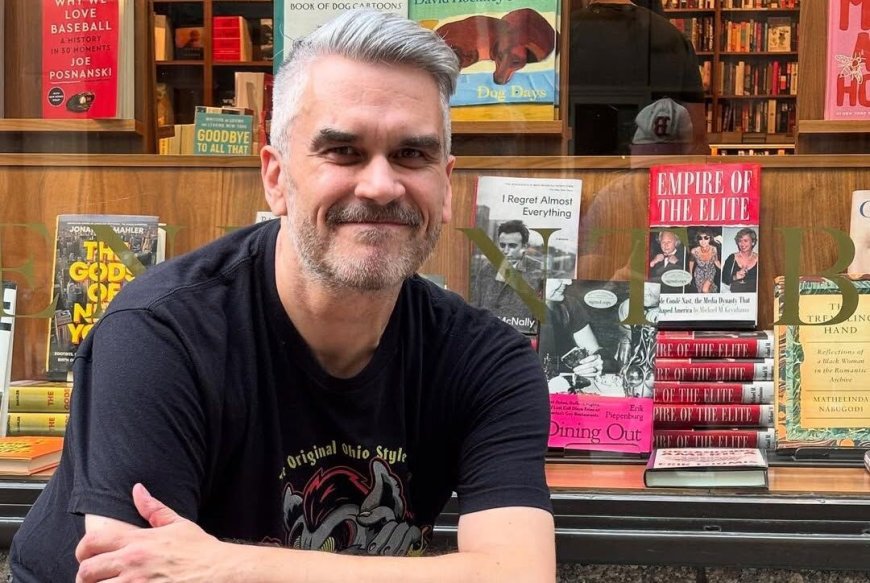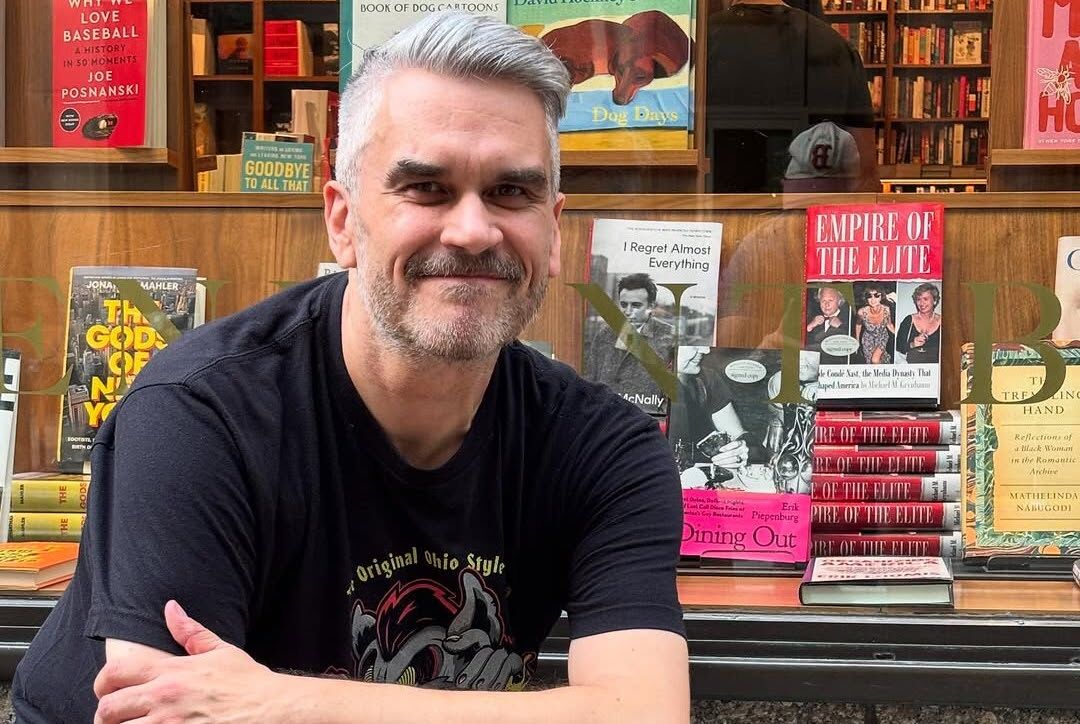How journalist Erik Piepenburg is preserving gay-restaurant history with ‘Dining Out’
The golden age of gay dining stretched from the '70s to '90s.


There’s a problem with queer restaurants in America: We’re losing a lot of them.
Throughout the course of history, these third spaces — not necessarily owned by LGBTQ+ people, but rather places where they could authentically be themselves — are pivotal to the community’s history and cornerstones of activism.
And while they’re disappearing, their legacy is being preserved, thanks to New York Times journalist Erik Piepenburg.
In his book Dining Out, he chronicles what he calls the golden age of gay dining from the ’70s to ’90s, where places to eat were equally as important to the community as its watering holes.
Pack your bags, we’re going on an adventure
Subscribe to our weekly newsletter for the best LGBTQ+ travel guides, stories, and more.
Subscribe to our Newsletter today
Related
Are restaurants better in America or in other countries?
I prefer the dining experience outside of America. Maybe it’s partly the novelty and my privilege, but I enjoy the best of both worlds.
For example, at Gallus in Atlanta, GA, “your entire life as a gay man specifically was sort of in this one restaurant,” he told the Atlanta Journal-Constitution.
“Then you’d go out the door and you would face discrimination, and you would face a world that didn’t accept who you were in a lot of cases,” Piepenburg explained.
Or there was the long-shuttered Frank Powell’s on Peachtree Street, “a one-stop shop” where “a queen could get an affordable dinner, plus take tap dances and get tipsy singing showtunes,” he wrote on Instagram.
Apparently, the café and piano bar even once hosted comedian Paul Lynde and actress Elizabeth Allen during the ’70s.
That said, the Atlanta community hasn’t lost all its spots, including some restaurant faves like Café Lily, Virgil’s Gullah Kitchen & Bar, and Su’s Chinese Culture, which Piepenburg called “the gayest restaurant you could possibly imagine.”
He explained to AJC: “Now, did it advertise itself as a gay restaurant? No, but that’s where people went because it was literally across the parking lot from Atlanta’s Eagle.” (Take notes, travelers!)
The book, which draws from archives and oral histories collected by Piepenburg over the years, also came from a very personal place — the closure of Chicago’s Melrose Diner in 2017.
“It was that mix of my own personal loss of my favorite restaurant with just the understanding, ‘Oh, I’m not alone,'” he told AJC. “There are a lot of other LGBTQ people who had the same experience of either losing a restaurant that meant a lot or still going out to gay restaurants that mean a lot.”
Recently, the author even visited Atlanta to discuss their present-day gay restaurant culture and further spread the important history behind Dining Out.
“I hope that this book sort of is a little bit of a road map for how you can once again have queer restaurants in the ways that there were in the heyday,” he said.
Learn more about Erik Piepenburg’s book Dining Out here.
Join the GayCities newsletter for weekly updates on the best LGBTQ+ destinations and events—nearby and around the world.

 Mark
Mark 





